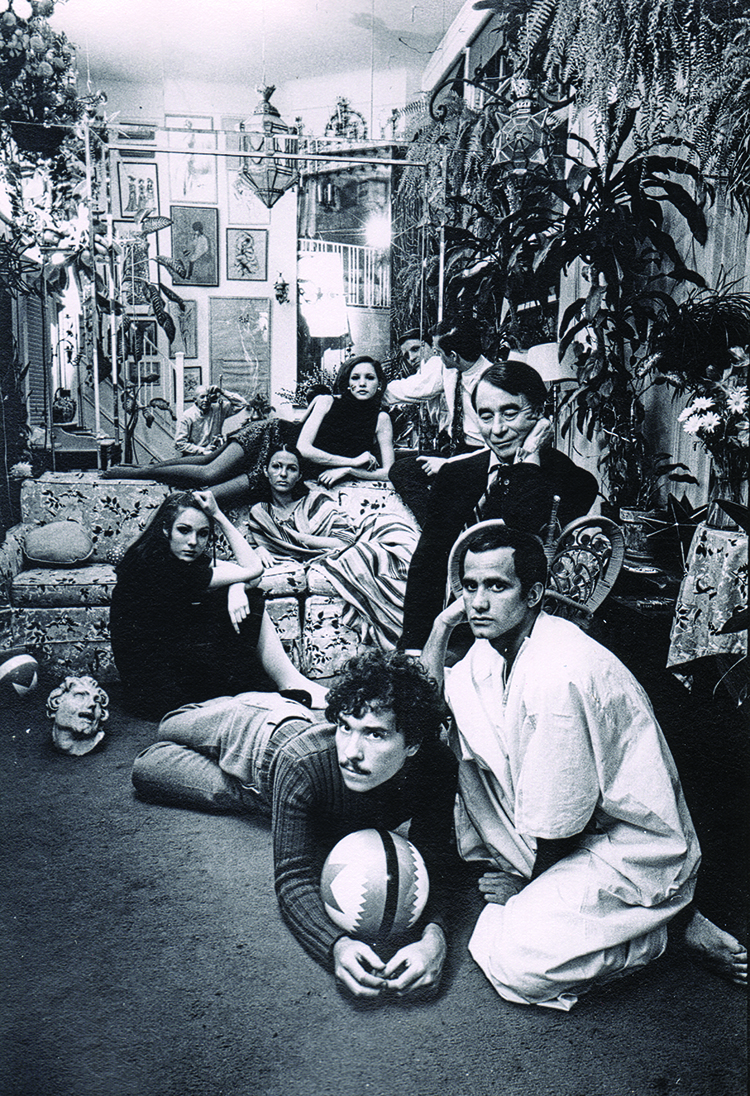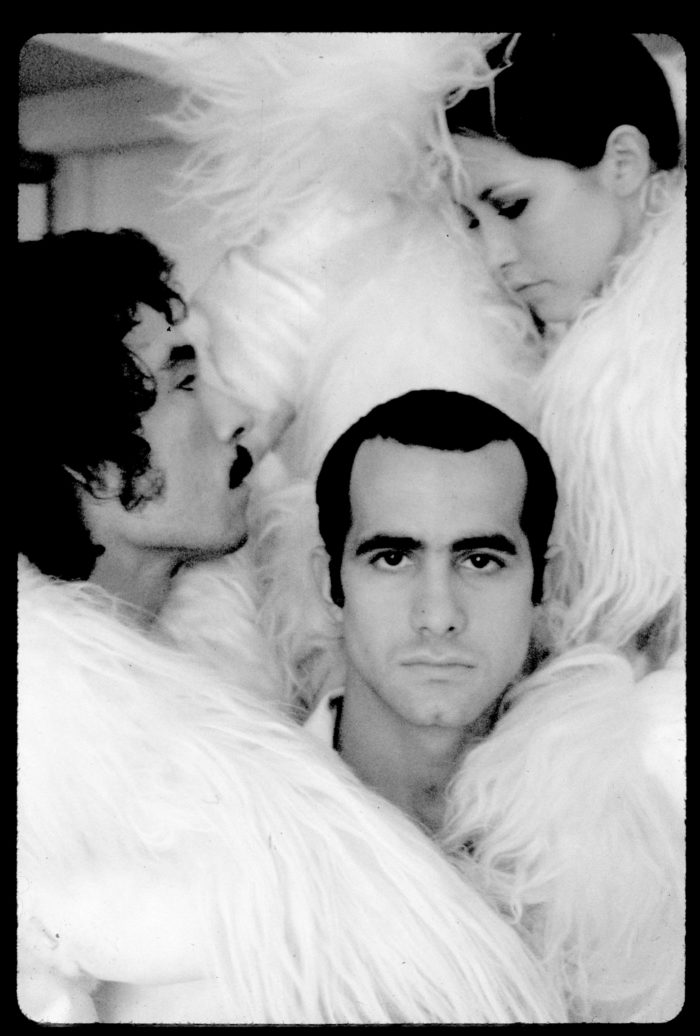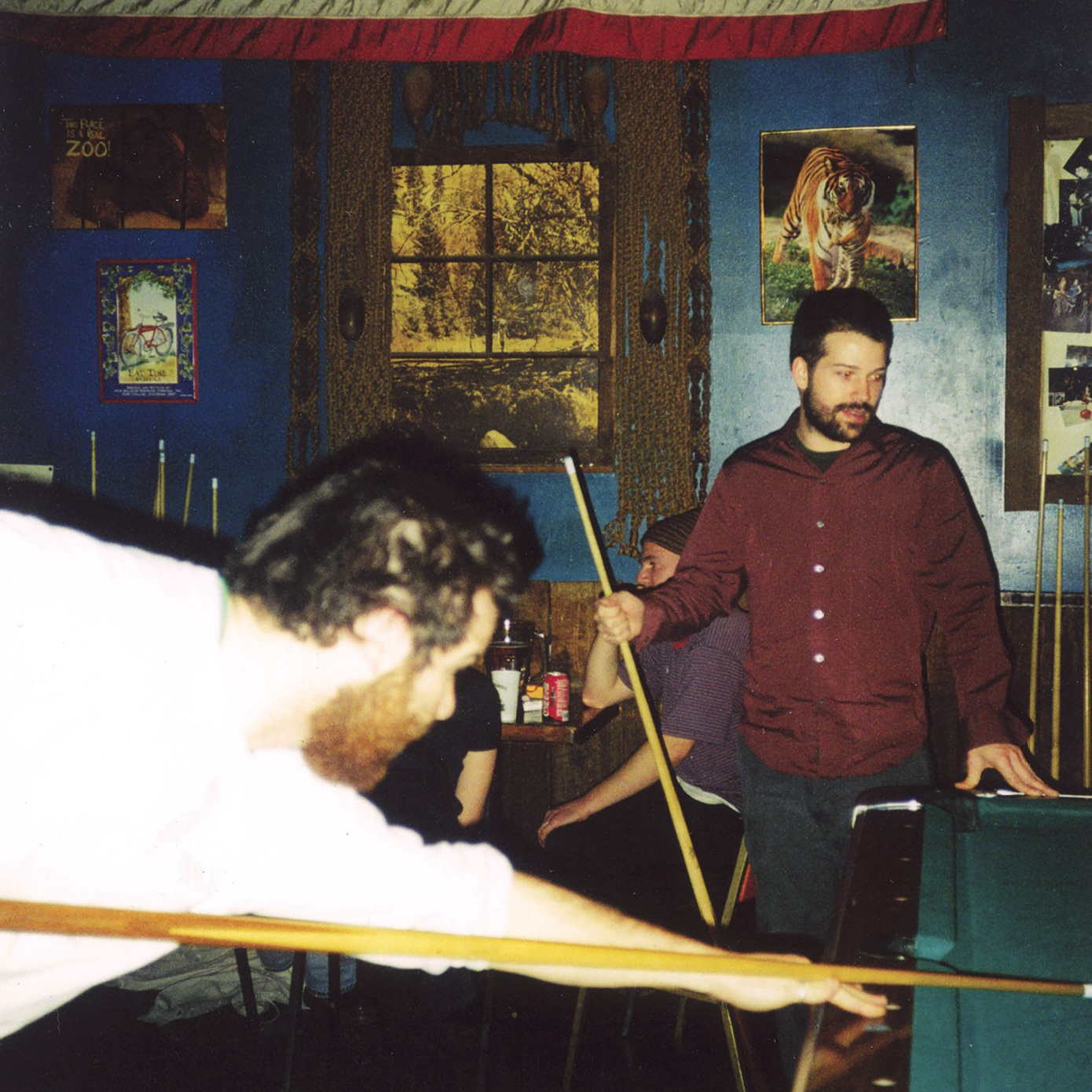
James Crump’s new documentary, Antonio Lopez 1970: Sex Fashion & Disco, is an intoxicating portrait of the larger-than-life fashion illustrator Antonio Lopez, who introduced fantasy, ethnicity and sexuality to staid fashion illustration of late ‘60s and early ‘70s. Lopez, along with his romantic and creative partner Juan Ramos, both Puerto-Rican, moved confidently and glamorously in fashion circles in New York and Paris, promoting new forms of beauty, and turning unknowns like Jessica Lange, Jerry Hall, Tina Chow and Grace Jones, known as “Antonio's Girls,” into international fashion stars.
The pioneering illustrator created provocative sketches for Vogue, WWD and The New York Times, but felt stifled by racist beauty standards, and decamped to Paris with his coterie of gender-fluid peers like Jane Forth, Donna Jordan and Corey Tippin to pursue full creative freedom. Fashion’s biggest and most legendary players appear in the film, from Grace Coddington to Pat Cleveland to Joan Juliet Buck, sharing intimate morsels of Lopez’s storied career and personal life. Crump vividly captures an older and freer New York in the process, a pre-AIDS New York in the throes of creative exuberance and wild decadence where Lopez bloomed under.

Your documentary is being released 30 years after Lopez’s death, what do you hope to say about his legacy that isn’t known already? Antonio is known for being an illustrator at a time when illustration was quickly waning in that world. Photography had all but eclipsed illustration, really. If you take a look at Antonio and his contemporaries, he was working simultaneously alongside people like Guy Bourdin, Helmut Newton and Chris Von Wangenheim. I think this film will actually put him more on an equal field. There is a lot known about Antonio, but I don’t think he is on the tip of everyone’s tongue. I think it creates a real dimensional portrait of who he was. Not just the work itself but his personality. He is a perfect character for what’s going on today, because of where we are socially. Culturally, he checks all the boxes.
You also delve into his sexual addiction and promiscuity. Why was that important to include? Most of the interview subjects had only the best things to say about him. There was so much discussion about the love aspect of Antonio, of all the subjects falling in love with Antonio. He was getting very intimate with the subjects. You get into this line of questioning and one thing leads to another and all of a sudden we’re talking about his voracious appetite for sexuality. I thought he was a completely homosexual male, but when you examine the pictures and study his work, you realize there is this strong, carnal element with the female subjects. And it’s almost like it’s equally balanced. There is this really strong attraction to both male and female.
What was your intention in showcasing Juan and Antonio’s creative partnership? Well I think Juan is often overlooked and forgotten about. In terms of the art direction, a lot of the work comes from Juan’s great knowledge of pop culture, art history and fashion history. He was more of a bibliophile. He would go to La Hune, the famous bookstore near Boulevard Saint-Germain, with Karl Lagerfeld, and he would spend half of his day loading up on information. Juan brought an intellectual component, and you see that often in the drawings. They were so intimate with each other, they met when they were so young, they were so connected. It’s a very loaded partnership, that goes back for a very long time. He’s a participant, an observer, an intimate, and an incredible contribution to all that came out of that studio.
Can you tell us about what brought Antonio and Juan to Paris? I think Antonio was rebelling against certain editors who had a very rigid vision of what beauty was and who was supposed to represent fashion, etc. Paris, by that time already had a history of acceptance and embracing people of color, and I think Antonio and Juan understood that. I think they wanted change; it wasn’t happening quick enough in New York City, and I think they felt a vibe that drew them there. There was a magnetic pull that got them to Paris and it opened up so many opportunities and avenues for creativity.
The film also focuses on other fashion luminaries. Why did you want to touch upon the Paris and New York fashion communities? Karl is integral to the story, Karl is about 10 years older than Juan and Antonio, and he’s at a point in his trajectory where he is looking for the next thing. He encounters Antonio and his entourage and is very swept away by it, and in a prescient way grasps what the possibilities are from America. He was very shrewd to latch onto that. It’s clear in the film that he is inspired by Antonio, they’re co-signing drawings together. In many ways, he was appropriating Antonio and his aesthetics. So much so, that even today, you see flourishes of it, like the way he wears Art Deco Bakelite jewelry. I think that was a moment where he understood all that could happen with this kind of energy and diversity. I think it was highly charged, creatively, erotically and emotionally. And if you’re talking about Karl, you have to include Yves Saint Laurent. There is this real rivalry that’s happening, and it just so happens to be at the nascence of ready-to-wear, which really gains traction in ‘69, ‘70. So that’s the intersection.
You also honor the late Bill Cunningham by dedicating the film to him. Can you talk about your interactions with him and what you learned about his friendship with Antonio? Well, it was Bill’s last interview and we felt very fortunate to talk to him. Of course we didn’t know he was going to pass away. He came to the interview just completely open and forthcoming. He just really rose to this moment and told the most spectacular stories about his relationship with Juan and Antonio. There were moments when it got very emotional. I knew the stories but to be able to talk to him and let him tell me, it was amazing. He loved them dearly. I really believe that he believed that Antonio and Juan were the closest people in his whole life. He had a special bond with those two guys.




